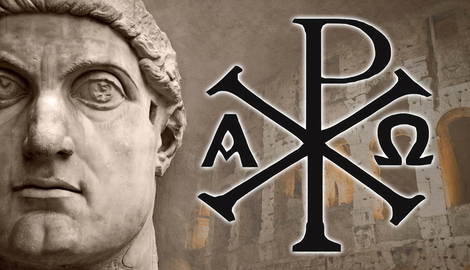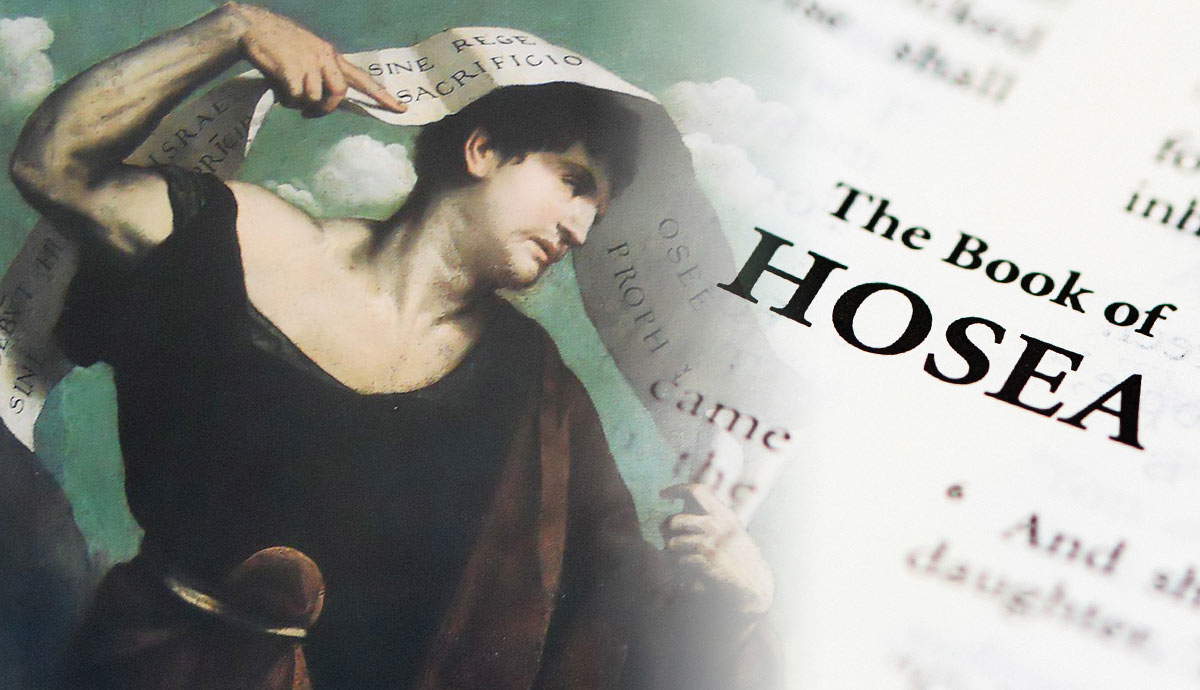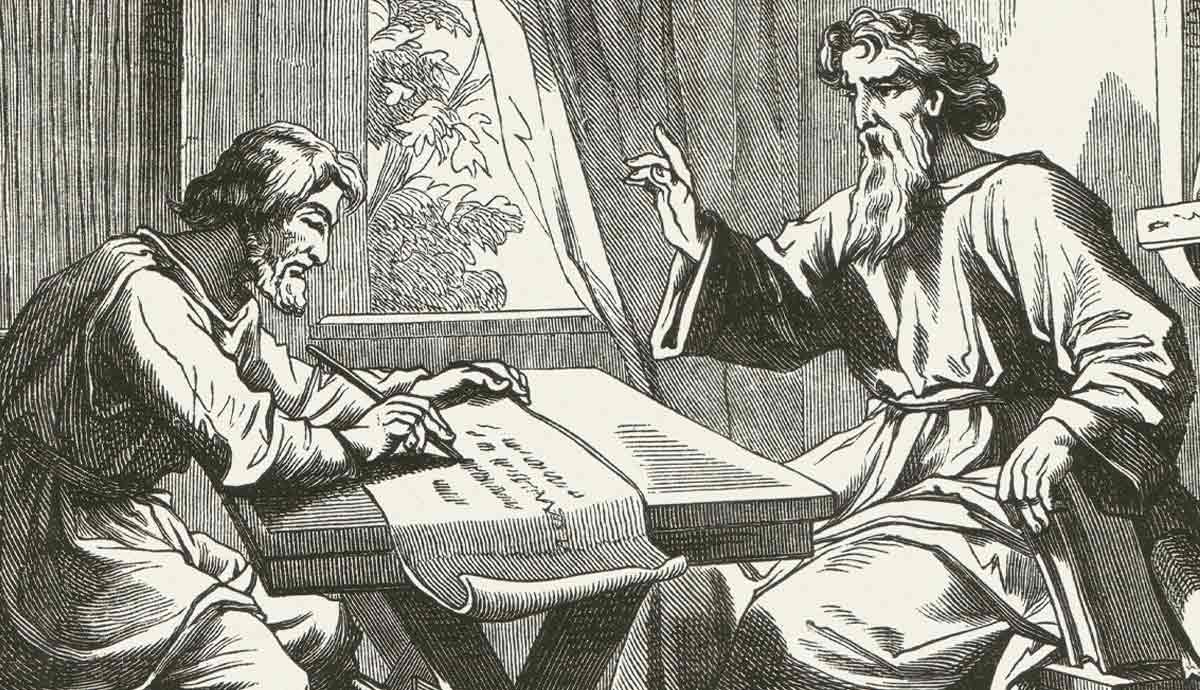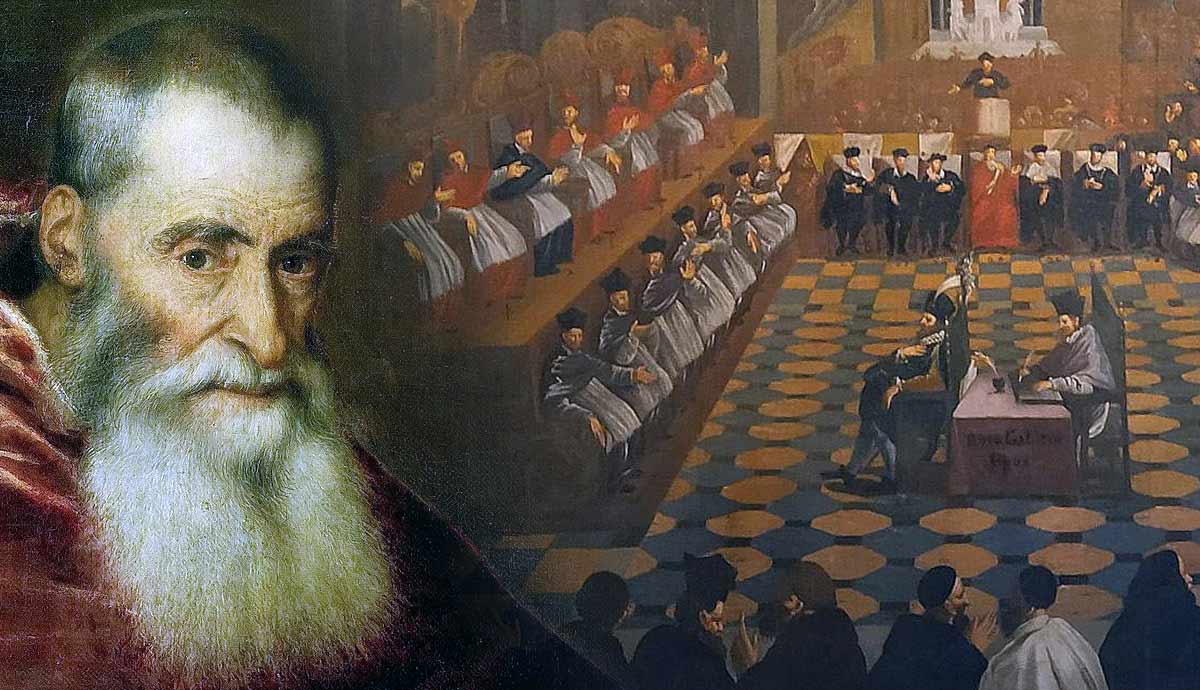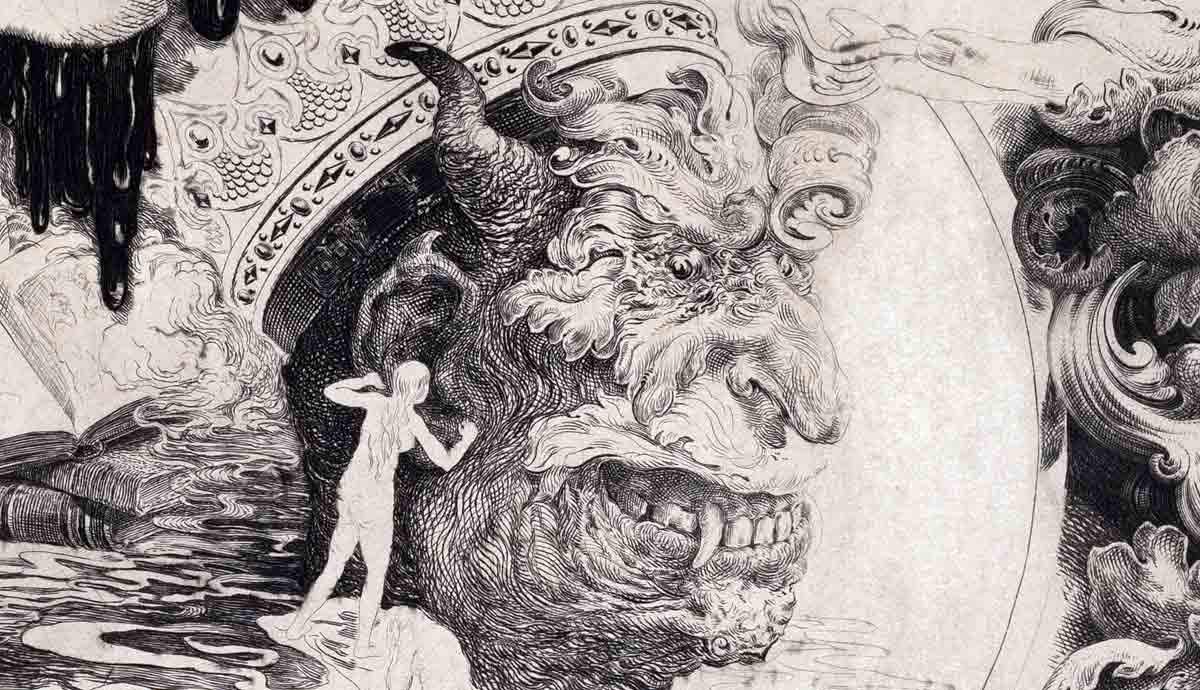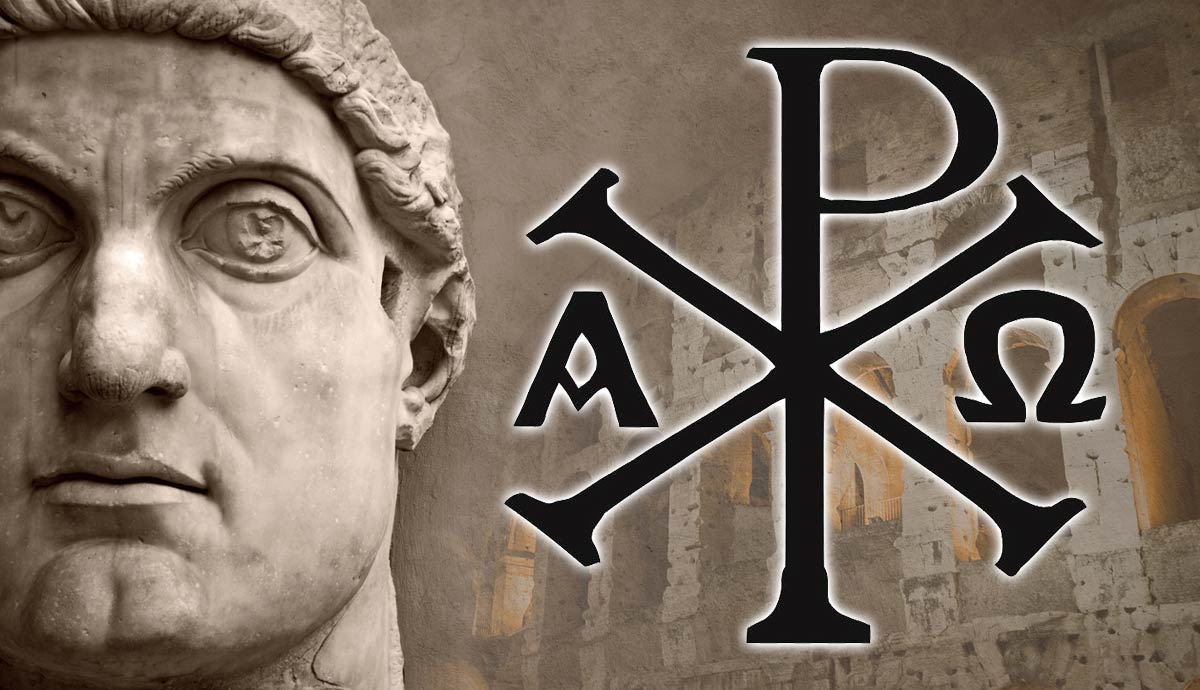
Under Emperor Constantine’s rule and within a half-century afterward, Christianity experienced significant changes. It went from a persecuted religion to becoming the state religion of the Roman Empire. This change was largely attributable to Constantine, a fierce defender of the Christian faith and a patron contributing to its expansion and preservation. Many scholars, however, point out that his influence also allowed some pagan practices to enter the Christian faith. Some even doubt the authenticity of his conversion.
Constantine the Great

Flavius Valerius Constantinus was born around 272 CE in Naissus (modern-day Niš, Serbia). His father was a military officer who later became one of the four tetrarchs of Rome and served Caesar as ruler of the western part of the empire. His mother, Helena, became a prominent Christian figure.
Constantine learned much about politics and governance from his father. When his father passed away in 306 CE, his troops in York proclaimed Constantine Emperor. After a civil war against his brother-in-law, Maxentius, Constantine became the undisputed emperor of the West.
The Battle of the Milvian Bridge in 312 CE, which saw Constantine defeat Maxentius, marked a significant change in the political career of Constantine and the transformation of religion in the Roman Empire. According to Eusebius of Caesarea, a renowned historian, Constantine saw a vision before the battle. During the vision, he saw a sign and the words “In this sign, you shall conquer.” Many claim this event marked Constantine’s conversion. He had his soldiers paint the Chi-Rho sign on their shields before the battle. Once they were victorious, they considered their success a sign of God’s favor.

Constantine was a shrewd politician, and some scholars doubt the sincerity and timing of his conversion. Some historians believe his conversion was much more gradual, partly due to his late baptism, which happened shortly before he died in 337 CE. Other scholars are convinced Constantine used Christianity as a unifying force for political gain, and never truly embraced the faith. Whichever it was, the effects on Christianity were undeniable.
Constantine’s support for Christianity was a radical departure from the attitudes of prior emperors, especially Diocletian, who ferociously persecuted Christians. Constantine saw the atrocities that Diocletian committed against Christians as a young man. As the new emperor, Constantine had a fresh approach, and it showed in his policies.
Edict of Milan and Council of Nicaea

Constantine, ruler of the Western Roman Empire, met with Licinius, Emperor of the Eastern Roman Empire, in Milan in 313 CE. Together, they issued the Edict of Milan, which granted legal status to the Christian religion, allowing them to practice their faith openly without fear of persecution.
The edict did not just legalize Christianity and end state-sponsored persecution, it also gave the faith protected status throughout both empires. Christianity, which was often practiced in secret, could now come out of the shadows and promote its tenets far and wide. Sacred manuscripts, ideas, and convictions were freely shared and debated, making it easier to determine a canon for the Bible and resolve theological disputes.
Christians reclaimed confiscated property, built churches, and organized openly. The edict provided the legal framework for Christianity to flourish and expand rapidly, and it had a profound impact on Christianity.
Licinius, however, started persecuting Christians again in 320 CE, and a civil war followed. Constantine emerged victorious and now ruled a unified Roman Empire. The reunification happened under the banner of Christianity, and Constantine ascribed his success to being an instrument in the hands of God.
The newfound freedom to practice the Christian faith came with challenges, with the Arian Controversy being one of the most significant at the time. Arius of Alexandria taught that Jesus was a created being, subordinate to God the Father. Most of Christianity held the orthodox view, which promoted three co-equal persons in the Godhead.
To resolve the problem, Constantine convened the Council of Nicaea in 325 CE. It was the first of many ecumenical councils that would follow. Approximately 300 bishops attended. Constantine was not a theologian but facilitated discussions, urging the attendees to reach a consensus.

The council produced the Nicene Creed, a statement of faith that affirmed the divinity of Christ and rejected Arianism. This creed became a cornerstone of the Christian faith, and Constantine played a significant role in the process. Though he likely had spiritual and political motives, his commitment to Christian unity was clear. Christianity served as a stabilizing force in an empire that was plagued by division.
Unfortunately, the emperor’s involvement in ecclesiastical matters set the stage for future state-church relations that would cause much strife in later centuries. The abuses of intertwined church-state relationships in Europe would result in a commitment to the separation of church and state in America that is codified in the First Amendment of the Constitution of the United States.
Constantine’s Policies, Patronage, and Paganism

Constantine renamed the city of Byzantium, “New Rome,” although it was soon known as Constantinople. He envisioned this New Rome as a Christian city free from the pagan history and traditions of Rome. He had the Hagia Sophia built, along with many other Christian churches, establishing the Roman capital as a Christian city that would become a bastion of Christian scholarship and ecclesiastical authority.
The shift eastward eventually resulted in the establishment of the Eastern Orthodox Church. It also ensured that Christianity would be a strong force in political and cultural life in the empire. His influence stretched far beyond Constantinople as he involved himself with construction projects significant to Christianity, like the Church of the Holy Sepulchre in Jerusalem, where Jesus was supposedly buried, and the Old St. Peter’s Cathedral in Rome.
In other politically expedient acts, he promoted Christians to powerful government positions and exempted the clergy from taxes. Faith became an integral part of the power structure in his empire.
The Edict of Milan ensured the free exercise of religion to more than just Christianity. Pagan worship could continue for the most part, but Constantine limited certain pagan practices, such as animal sacrifices. He showed preference by channeling resources toward Christian institutions.
Constantine’s policies struck a strategic compromise between alienating the majority pagan populace and promoting Christianity. His gradual approach to religious change showed that he was a pragmatist and knew how to change in a politically sensitive environment. The switch from pagan religion to Christian prominence during his reign is undeniable. His policies laid the foundation for the recognition of Christianity as the official state religion of the Roman Empire.
Was Constantine a Christian?

The debate on whether Constantine truly converted to Christianity or whether the Christian faith merely served as a tool in the hands of a crafty politician continues. The importance of baptism in the forgiveness of sins was already a widely held view in Constantine’s day, yet he waited until shortly before his death in 337 CE to receive the sacrament. Though many believe Constantine converted in 312 CE, he retained and used the title Pontifex Maximus, which identified him as the high priest of the pagan state religion.
On the other hand, his actions to legalize Christianity, convene and facilitate councils to hash out doctrinal issues, and construction projects to build churches to expand and preserve the Christian faith show a commitment. His reign transformed Christianity from a persecuted sect to a state-supported religion and set the stage for it to become the state religion less than half a century after his death.
Constantine had a peculiar relationship with religion. Eusebius recorded that Constantine, on occasion, refused to take part in pagan festivities, not wanting “to be polluted by the rites of demon-worship” (Vita Constantini, IV.20). This enraged the pagan population in Rome. Around the same time, Constantine also had his wife and son executed for treason.

While Christians enjoyed freedom, Constantine persecuted Jews. These persecutions were not violent like those of previous emperors. Rather, they were discriminatory laws that prohibited Jews from certain practices.
Evaluating the sources that recorded Constantine’s reign, it is prudent to note that much of it may have been state propaganda, while other parts are likely the perspectives of his political enemies. Such sources tend to render history slanted and do not necessarily reflect the true nature of events.
Be that as it may, Constantine’s influence on Christianity reverberates throughout history. His influence in elevating the faith from sectarian roots to the preferred religion of the empire cannot be refuted. He elevated Christianity to a level that would see it influence world events for centuries afterward.
Eusebius, Constantine’s biographer, was convinced of the emperor’s conversion and authentic acceptance of the precepts of Christianity. Today, historians and Christian scholars remain divided on the matter. One thing no one denies is the indelible mark Constantine left on Christianity.
